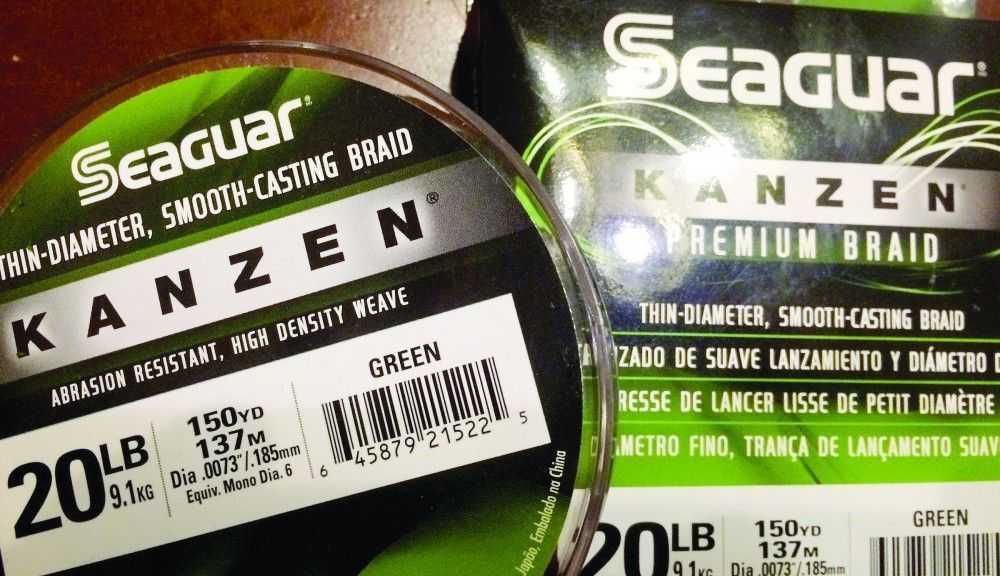There are many braided fishing lines on the market these days. It can be almost overwhelming to someone new to fishing “braid.” Selection options range from the type of base material, whether it’s interwoven, smooth, fused, as well and the number and type of weave. All these parameters will result in lines that will have their own individual characteristics. Let’s talk about how you can evaluate braid to find one that meets your inshore fishing needs.
Each manufactures’ chosen process will result in a completely different line with its own characteristics. For inshore fishing, castability is one of the more important factors. If a line is too supple it seems to backlash and wind knot easily on casting reels. While suppleness may be preferable on spinning reels, for the casting reels, the interwoven, stiffer lines appear to be more forgiving when coming off an over-run spool and result in fewer backlashes.
Some lines will just cast farther than others. Many of these lines are manufactured at different thicknesses, stiffness, and smoothness, and can result in a longer distance. However, the dynamic performance characteristics of a braided line don’t always mean the smallest smoothest line casts the farthest. In the hands of a professional who knows how to adjust the casting reel, many different lines will cast very long distances.
Similar to casting distance, ease of backlash removal is obviously important with braided lines. We all get them occasionally with casting reels… “professional over-runs” we choose to call them. Here again, the stiffer interwoven lines appear to dig less into the spool and come out more easily.
Many anglers don’t get the chance to fish very often, and their experience of a braided line right of the box can be different than a line that is broken in. Good lines will break in over time, wearing slightly with the minimal fray. The better lines will cast more consistently, remain long casting, and hold their strength with reduced fraying. Abrasion resistance in braids will vary somewhat on the thickness and weave. The thicker the line, the more individual strands there will be; and it appears that interweaving provides more abrasion forgiveness.
The final parameter I’ve chosen to write about seems to be more an angler preference than an actual performance characteristic and that is noise. Many early braided lines got a bad rap at first because the braid would make noise as it slid through the line guides, especially if the angler was fighting a fish. Originally there were fears it was cutting into the line guides, but line guides have all been improved since that time to be harder and withstand roughness. I have tested a lot of lines and have found that louder interwoven lines stand up against smooth lines very closely and don’t cut into guides.
Tobin created TroutSupport.com – Tech Support for Speckled Trout and Redfish anglers wanting to improve their ability at any level.
